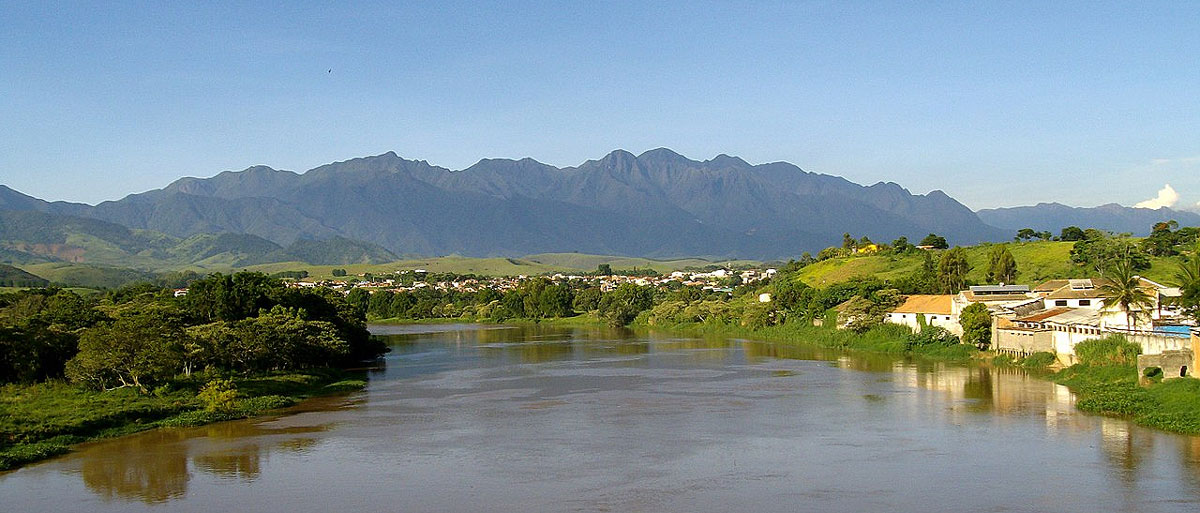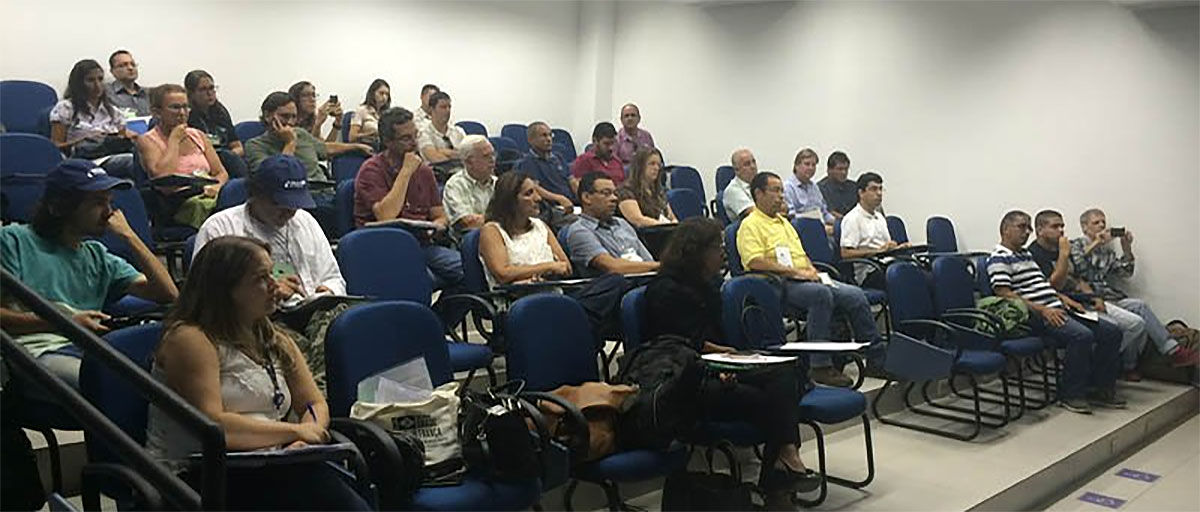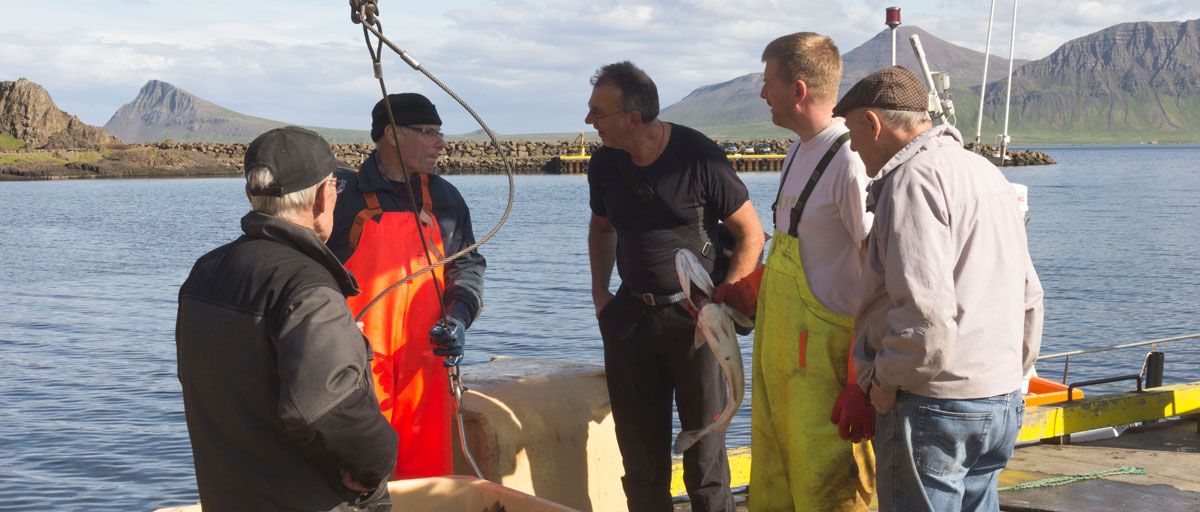Bildtext får vara max två rader text. Hela texten ska högerjusteras om den bara ska innehålla fotobyline! Photo: B. Christensen/Azote
WATER MANAGEMENT
More not always the merrier
Efforts to involve more stakeholders when managing regional water basins has had limited success. Municipalities play a unique role in order to make progress
• Despite a promising outlook, regional water management planning involving a diversity of interests have had limited success
• This is partly due to neglect of municipalities’ unique role in water management
• Municipalities face four main challenges when mandated to engage in regional water governance institutions
Water is a mobile resource and the same body of water flows through and connects many communities and ecosystems. That means a wide range of interests will claim a stake in managing and or extracting it.
To deal with this, individuals and organisations connected to a particular watershed are increasingly joining forces through so-called basin councils.
In theory, this makes a lot of sense. In reality, however, they have had limited success.
In a recent publication in Ecology and Society, centre researcher Maria Mancilla García together with centre colleagues Jacob Hileman and Örjan Bodin together with Annika Nilsson from Uppsala University, Sweden and Pedro Roberto Jacobi from University of São Paulo, Brazil, argue that this is partly the result of failing to recognize “the overarching importance of, and barriers to, municipal involvement in basin-level water governance institutions”.
From complicated to … more complicated?
Despite –or, maybe because of –its importance, water management tends to be complicated business. Responsibilities are often split between agencies based on specific water usage (e.g., agriculture, household use).
In this fragmented management landscape, it is typically the municipalities who possess the administrative competencies. Being on the front (shore)lines of the watersheds, they deliver public drinking water and maintain water infrastructure. Basin councils are meant to reconcile this patchy set-up by bridging existing institutional structures.
Good intentions aside, the study shows that already murky administrative waters have become even murkier. When executing their water provision mandate, municipalities now have to navigate a plethora of administrative mandates and muscles.
In their study, Mancilla García and her colleagues combined field experience with insights from academic publications and policy documents from six countries: Sweden, the United States, Brazil, Peru, El Salvador, and Nicaragua. Across these diverse contexts, a number of common challenges emerged.
Four challenges faced by municipalities
The first challenge was to assess who is supposed to do what, when, and where. It is seldom clearly spelled out what role basin councils, municipalities, and other institutions respectively hold and how these roles relate to one another.
“This lack of clarity either restricts or expands the manoeuvre space available to municipalities,” says co-author Jacob Hileman.
In El Salvador, for instance, environmental degradation is the main threat to safe drinking water. Environmental degradation is, however, exclusively a question for the state-level Ministry of Environment. Municipalities are back-tied and struggle to provide basic access to drinking water. Contrastingly, in Brazil, several municipalities have used this ambiguity to side-step national regulations, allowing constructions in sensitive watershed areas.
Secondly, municipalities’ internal organization is not always fit for increased multi-actor collaboration. Basin council arrangements necessitate that municipalities collaborate and maintain stable relationships with an increased number of partners.
Thirdly, municipalities are asked to do more without getting more. The additional task of engaging in basin councils is seldom matched with additional funds. Already thin municipal resources are often spread thinner.
“In cases where municipalities lack authority to collect financial means through taxes or fees, water management becomes dependent on external financial flows,” Mancilla García explains.
Unfortunately, the necessary regulatory environment is not always in place. A promising collaboration between Nicaraguan municipalities, NGOs, and local businesses foundered on account of rigid regulations that prohibit municipalities to pay into funds they do not directly manage.
Fourthly, socio-ecological (scale) alignment can be tricky. Water management is inherently political and changes in who sits at the municipal helm impact decisions on water use and distribution. Short political mandate cycles can tempt politicians to prioritize smaller, local and visible investments over larger basin-level projects. To stay in office, should one support mining projects and economic development or safeguard drinking water quality?
Flowing forward
The four barriers are not the only ones that municipalities face when participating in multilevel water governance and further scholarly limelight should be shone on this topic. What is certain, however, is that municipalities possess a unique role in water management.
“Addressing this quartet of challenges would solve important structural issues of basin councils,” the authors conclude.
It would be a start towards making ‘the more the merrier’ hold true in the world of water management governance.
Methodology
The six case studies were chosen as to represent both strong and weak institutional settings. Three criteria guided the selection 1) basin-level governance institutions are in place and have been so for some time; 2) municipalities are participating in these institutions; and 3) municipalities have direct administrative competencies with regard to water management. Academic publications, legal and policy documents, and fieldwork experience were combined. Sweden and the United States were selected as examples of industrialised countries with strong institutions, El Salvador and Nicaragua, as examples of countries with weaker institutional and development profiles, and Brazil and Peru, as examples of middle-income countries with high inequality levels. The study’s objective was not to compare the cases in detail, rather, the ambition was to map out themes of challenges that municipalities worldwide encounter when engaging in multilevel water governance arrangements.
Mancilla García, M., J. Hileman, Ö. Bodin, A. Nilsson, and P. R. Jacobi. 2019. The unique role of municipalities in integrated watershed governance arrangements: a new research frontier. Ecology and Society 24(1):28
Maria Mancilla-García’s research focuses on relationality in social-ecological systems, including network analysis and theoretical work on the concepts of intertwinedness and dynamism
Jacob Hileman is a post-doctoral researcher working on water governance and social-ecological networks
Örjan Bodin combines and integrates methods and theories from several scientific disciplines to develop better understanding of social-ecological systems.













